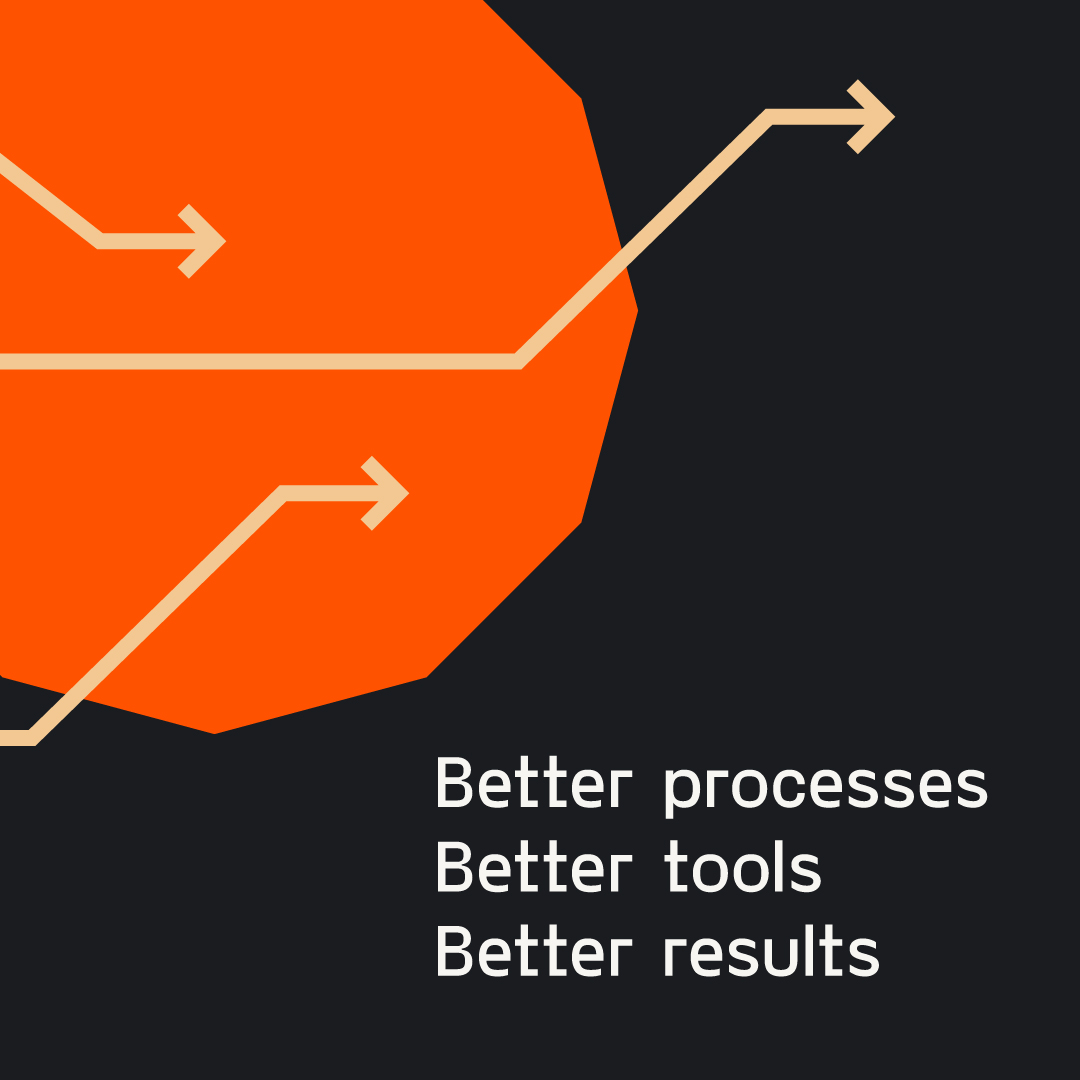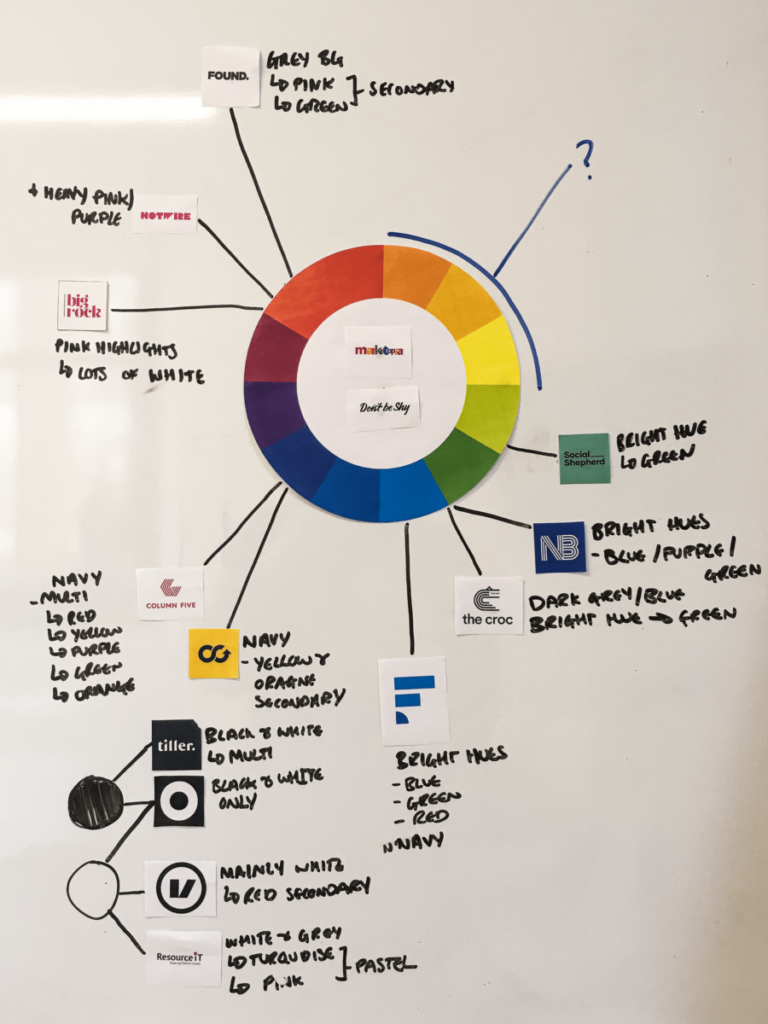If you’re in the bustling world of B2B tech marketing, you know all too well that standing out in this saturated space is a challenge that can keep even the most seasoned marketer up at night. From the shifting sands of digital trends to the ever-evolving preferences of tech-savvy clientele, the roadmap to success can often feel like it’s being redrawn every day.
But what if you had a compass-a guide that not only traced the historical paths of marketing for tech companies but also charted a course for the future? This article offers precisely that. By understanding where we’ve been, we can better predict where we’re headed. Dive in to gain invaluable insights, refine your strategies, and ensure that your brand doesn’t just navigate the tech marketing maze, but truly masters it. Because in a world of constant change, knowledge is more than power-it’s your competitive edge.
The past: A glimpse into the origins of marketing for tech companies
Navigating the marketing landscape today, armed with sophisticated tools and platforms, it’s easy to forget that we stand on the shoulders of giants. The marketing strategies we employ for technology companies today have deep roots. Let’s journey back and unearth the beginnings.
The early days of tech marketing
Before everyone had the internet at home, marketing for tech companies looked a lot different, especially for those selling to other businesses (B2B). Instead of online ads or social media campaigns, companies relied on direct methods to get their message across.
They would often attend trade shows, where they could set up a booth and show off their products in person. Print media, like magazines, also played a big role. Companies would place ads or write articles to attract potential customers. And instead of virtual meetings or emails, a lot of business was done face-to-face. Salespeople would meet potential clients, hand them brochures, and discuss products in person.
For those in B2B tech marketing, knowing their customer was crucial. They weren’t trying to appeal to everyone; they were targeting a specific group. And because they knew exactly who their audience was, they could tailor their approach. It wasn’t just about selling a product; it was about building trust. Marketers would communicate regularly with potential clients, making sure to address their needs and concerns. This approach meant forming strong, lasting relationships with customers, instead of just trying to reach as many people as possible.
Pioneering strategies that set the stage
During the early days of tech marketing, some strategies stood out because they were innovative. One of these was tech seminars and workshops. Instead of just talking about their products, companies would host these events to teach people about them. It was a hands-on way to show potential customers what they could do with the tech, and it helped establish companies as experts in their field.
Another method that worked well was direct mail. Even though it might sound old-fashioned today, back then, it was a big deal. Companies would send letters or postcards to potential customers. These weren’t just generic messages; they were tailored to the recipient. That personal touch made them more effective.
Working together was also a big theme. Instead of competing, tech companies often teamed up. They would join forces on marketing campaigns to promote both of their products. Sometimes, they’d even bundle their products together as a package deal or host events as partners. This kind of teamwork wasn’t just about selling more; it was about creating value for customers. It’s similar to what we see today with affiliate programs and influencer partnerships, where companies and individuals team up for mutual benefit.
Overall, even though the tools and methods have changed, the core idea hasn’t: understanding customers and finding the best ways to reach and serve them.
Case Studies: Ground breaking B2B technology marketing
Back in the day, some tech companies made moves that didn’t just change their own fortunes; they changed entire industries. A couple of standout examples:
IBM in the ’80s: While many were looking at personal computers as tools for individuals, IBM saw a bigger picture. They believed PCs had a place in businesses.
- What they did: Positioned personal computers as essential tools for companies.
- The impact: This move played a huge role in transforming office work. Computers became a standard piece of equipment in businesses everywhere.
Cisco’s approach: When the internet was still new, many didn’t understand its full potential. Cisco took it upon themselves to change that.
- What they did: Focused on educating the market about the potential of the internet.
- The impact: By spreading knowledge about the internet’s capabilities, they helped accelerate its adoption and growth.
Microsoft’s introduction of Office suite: In the ’90s, businesses often used different software for different tasks, leading to compatibility and efficiency issues.
- What they did: Microsoft introduced the Office Suite, an integrated software package that included Word, Excel, PowerPoint, and more. Instead of pitching them as standalone products, Microsoft highlighted the benefits of using a unified suite – seamless integration, consistent user experience, and improved productivity.
- The impact: This approach revolutionized how businesses operated. Documents, spreadsheets, and presentations could now easily be integrated, and employees found a consistent interface across different software. Microsoft Office became, and remains, the gold standard for business productivity software.
By understanding the challenges businesses faced with disjointed software solutions, Microsoft offered a streamlined solution that resonated deeply with its audience. This wasn’t just about selling software; it was about transforming workplace efficiency and setting the standard for integrated business tools.
It’s important to note that these weren’t just regular marketing efforts. They were big, game-changing ideas that shaped how industries operated. Both IBM and Cisco had a knack for understanding what businesses really needed and wanted. They tapped into those needs and desires, crafting messages that hit home. By doing so, they didn’t just sell products; they set the stage for how B2B technology marketing should be done.
Lessons from the past
When we look back at how marketing for tech companies was done in the past, it’s easy to think those methods are old-fashioned. But even though the specific tools and ways of reaching out to customers have changed, the basic ideas behind good marketing haven’t.
- Authenticity: No matter the era, people can tell if a company is being genuine. Whether it’s a print ad from the ’80s or a modern social media campaign, being honest and real has always mattered.
- Understanding your audience: Good marketers have always taken the time to really get to know their customers. They find out what problems they have and what they need, then offer solutions.
- Building relationships: It’s not just about making a quick sale. It’s about forming a bond with customers, making them trust a company and come back again and again.
- Being a thought leader: Instead of just following trends, the best marketers set them. They position their companies as leaders in the field, always one step ahead.
As we move forward and explore new ways of marketing, we should keep these basic principles in mind. They’re like our guiding stars, helping us stay on the right path. Remembering these core ideas can help us make better decisions and create marketing that really works, even in today’s complex tech world.
The present: Navigating B2B technology marketing changes
The way we market technology has changed a lot. The landscape of marketing has undergone a radical transformation. No longer confined to traditional methods, we’re now in an era where digital platforms reign supreme. From social media campaigns to data analytics, the strategies and tools available are vast and ever-evolving. Let’s delve into the present scenario of “Navigating a Digital Landscape” to understand how modern marketing for tech companies operates. Let’s look at:
- Modern tools and platforms
- Data-driven decisions
- Standing out in a crowded marketplace
- The role of ethics and sustainability
Modern tools and platforms
Years ago, marketing was about big ads in magazines or billboards on highways. Now, it’s all about the digital space. Here’s how things have changed:
- Social media: It’s not enough to just have a good product. Companies need to talk about it in the right way, especially on platforms like Twitter and Instagram. A well-crafted tweet or post can create a buzz like nothing else.
- SEO: This stands for “Search Engine Optimization.” In simple terms, it’s about making sure people find your product when they search online. It’s not just a fancy term; it’s crucial for getting noticed.
- Influencers: Remember when companies used celebrities to promote their products? Now, there’s a new kind of celebrity – the influencer. These are people with large online followings who can give products a big boost.
Advice for marketers:
Diversifying your digital toolkit is essential. Don’t rely solely on one platform or tool. Embrace a mix of social media channels, stay updated with the latest in SEO best practices, and consider influencer partnerships. Remember, the digital landscape is always evolving, so continuous learning and adaptability are key.
The rise of data-driven decisions in marketing for tech companies
Back in the day, marketers relied a lot on instinct. Now, it’s all about the numbers.
- User behaviour: With tools today, companies can see how people interact with their ads or websites. This helps them understand what’s working and what’s not.
- Predicting trends: Advanced tech like AI can now predict what customers might want in the future. This means companies can be ready with the right products or services.
- Precision: With all this data, marketing is no longer about broad strokes. It’s about targeting the right people with the right message at the right time.
Advice for Marketers:
Trust in data, but don’t be enslaved by it. While analytics offer invaluable insights, it’s crucial to balance them with intuition and creativity. Use data as a guide to inform your decisions, but always factor in the human element. After all, marketing is as much about connecting with people as it is about numbers.
Standing out in a crowded marketplace
With so many tech companies out there, getting noticed is a challenge. But it’s not impossible.
- Being creative: It’s not enough to just have a good product. The way it’s presented matters. For example, when Tesla showed off their Cybertruck, it was more than just a truck. It was a statement, and it got everyone talking.
- Offering something unique: Companies need to ask themselves, “What makes us different?” That unique thing is what will make customers take notice.
Advice for Marketers:
In a saturated market, differentiation is your biggest asset. Focus on what makes your product or service unique. Whether it’s a unique feature, superior customer service, or a compelling brand story, emphasize it in your campaigns. And don’t be afraid to take risks; sometimes, the most memorable campaigns are the most unconventional ones.
The role of ethics and sustainability
Tech isn’t just about the latest gadgets or apps. It’s about making the world a better place.
- Doing what’s right: As tech becomes a bigger part of our lives, companies need to think about the impact they have. This means considering things like privacy and the environment.
- Promoting values: Successful tech companies know it’s not just about selling. It’s about standing for something. Customers want to know that when they buy a product, they’re also supporting a company that shares their values.
Advice for Marketers:
With consumers becoming more socially and environmentally conscious, it’s crucial to prioritize ethics and sustainability in your marketing efforts. Showcase your company’s commitments and values transparently. Be genuine in your efforts, as consumers can easily spot insincere marketing tactics. Remember, promoting values can help foster deeper connections with your audience.
Gearing up for the B2B technology marketing of tomorrow
What does the future hold for tech marketing? With rapid technological advancements and changing consumer behaviours, preparing for tomorrow is both a challenge and an opportunity. Let’s embark on a journey to explore the potential future landscape, understanding the trends and tools that will shape this future.
Emerging technologies and their impact
The realm of marketing is about to experience a seismic shift. As technology evolves at breakneck speeds, so do the avenues through which we reach our audiences.
- AR-powered ads: Imagine a potential client not just seeing your product, but interacting with it in augmented reality. It’s a level of engagement previously thought impossible.
- VR showrooms: B2B marketers can provide immersive demonstrations of complex products or services, allowing potential clients to ‘walk through’ and explore offerings in a virtual space.
- Blockchain-backed campaigns: With the promise of unparalleled security and transparency, blockchain could revolutionize how campaigns are tracked and verified.
The takeaway? The future of tech marketing will be about creating experiences, not just messages. As a B2B marketer, it’s time to think beyond the screen and consider how to truly immerse your audience in what you have to offer.
Sustainability and ethical marketing
The alarm bells of climate change are ringing, and they’re impossible to ignore. As technology companies spearhead innovations to counter environmental challenges, the way these solutions are marketed becomes paramount.
- Beyond the product: It’s not just about marketing a sustainable product; it’s about conveying a brand’s commitment to a sustainable future.
- Trust through transparency: B2B clients want to know the ins and outs of your sustainability practices. Authenticity and transparency are key.
- Storytelling: Every sustainable initiative has a story. Whether it’s the journey of creating a carbon-neutral product or a commitment to renewable energy, these narratives can resonate deeply with clients.
For B2B marketers, the message is clear: Green isn’t just a colour; it’s a commitment. And it’s one that your clients will increasingly look for in their partnerships.
Preparing for the next digital revolution
The digital landscape is ever-shifting, and resting on one’s laurels is not an option.
- Stay curious: The moment you think you’ve got it all figured out, the game changes. A constant sense of curiosity will be your best ally.
- Invest in learning: Whether it’s AI, new digital platforms, or data analytics techniques, continuous upskilling is crucial.
- Flexibility: Rigid strategies will be the first to crumble in the face of change. Building flexibility into your marketing plans allows you to pivot when needed.
In essence, the future belongs to those who are prepared. As a B2B marketer, gearing up for the next digital wave means constantly looking ahead, anticipating changes, and being ready to adapt and evolve.
Charting the future of marketing for tech companies with Fifty Five and Five
The journey of marketing for tech companies is like a timeline of the tech world itself. It’s changed and grown, moving from simple beginnings to the complex world of today. Just like how early computers evolved into the powerful machines we use now, marketing strategies have transformed too. From basic ads in tech magazines to sophisticated online campaigns, every step has mirrored the tech advancements of the time.
And as we peek into what’s coming next, there’s a lot of excitement on the horizon. But with that excitement comes challenges. How do you stay ahead? How do you make sure your tech company stands out?
That’s where we, at Fifty Five and Five, step in. With our deep-rooted experience in marketing specifically for B2B technology companies, we’ve witnessed the shifts, adapted to every change, and pioneered innovations in the field. We aren’t mere bystanders; we are active contributors, moulding the future of technology marketing.
So, as we stand at this juncture, reflecting on the past and anticipating the future, rest assured you have experts at the ready. With Fifty Five and Five by your side, you aren’t merely gearing up for the future of tech marketing; you’re set to be at its forefront. Contact us today to see how we can help you.
Delivering marketing excellence for Microsoft and its partners
Fifty Five and Five are experts in helping B2B brands stand out. We have partnered with leading tech companies to create and execute marketing strategies that have consistently surpassed their objectives. Discover our case study on how we achieved marketing excellence for Microsoft and its partners.



